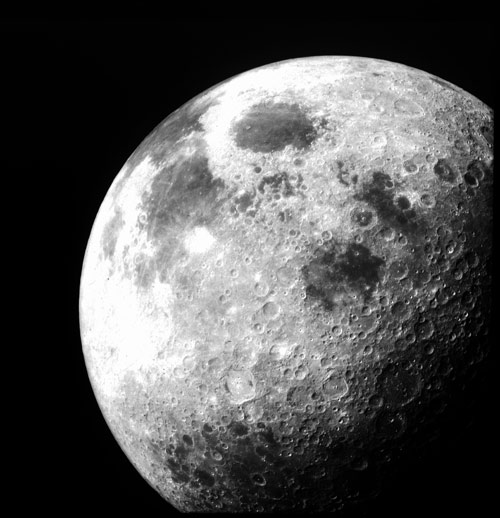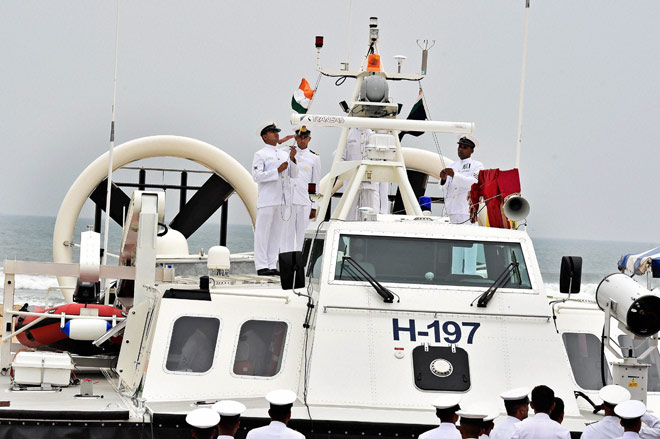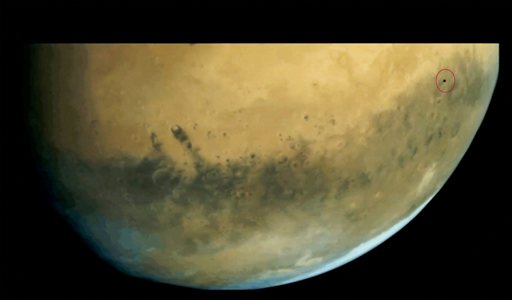
Moon. Photo: NASA.
WASHINGTON (PTI): NASA is exploring the idea of mining the Moon to provide drinking water for future manned outposts when humans are successful in colonising the lunar surface.
The US space agency is developing two separate mission concepts to assess, and learn how to exploit, stores of water ice on the Moon and other lunar resources.
The missions - called Lunar Flashlight and the Resource Prospector Mission - are scheduled to launch in 2017 and 2018, respectively, 'Space.com' reported.
"If you're going to have humans on the Moon and you need water for drinking, breathing, rocket fuel, anything you want, it's much, much cheaper to live off the land than it is to bring everything with you," said Lunar Flashlight principal investigator Barbara Cohen, of NASA's Marshall Space Flight Centre in Alabama.
The Lunar Flashlight probe would measure and map deposits of water ice in permanently shadowed craters near the lunar poles with the aid of its solar sail.
Lunar Flashlight aims to find water ice that would be accessible to future explorers, be they human or robotic.
"What we're looking for is water right at the surface," Cohen said.
Such deposits could provide drinking water for potential manned lunar outposts. Moon water could also be split into its constituent hydrogen and oxygen - prime components of rocket fuel, the report said.
The Resource Prospector Mission (RPM) plans to send a rover onto the lunar surface to get an up-close look.
The rover would land at a polar site and map surface and subsurface concentrations of hydrogen at two different locations.
RPM would use a neutron spectrometer to measure water concentrations up to one metre underground and a near-infrared spectrometer to make its surface measurements.
The mission is also geared to help enable future exploitation of water ice on the Moon.
 Previous Article
Previous Article Next Article
Next Article













The Indian Air Force, in its flight trials evaluation report submitted before the Defence Ministry l..
view articleAn insight into the Medium Multi-Role Combat Aircraft competition...
view articleSky enthusiasts can now spot the International Space Station (ISS) commanded by Indian-American astr..
view article